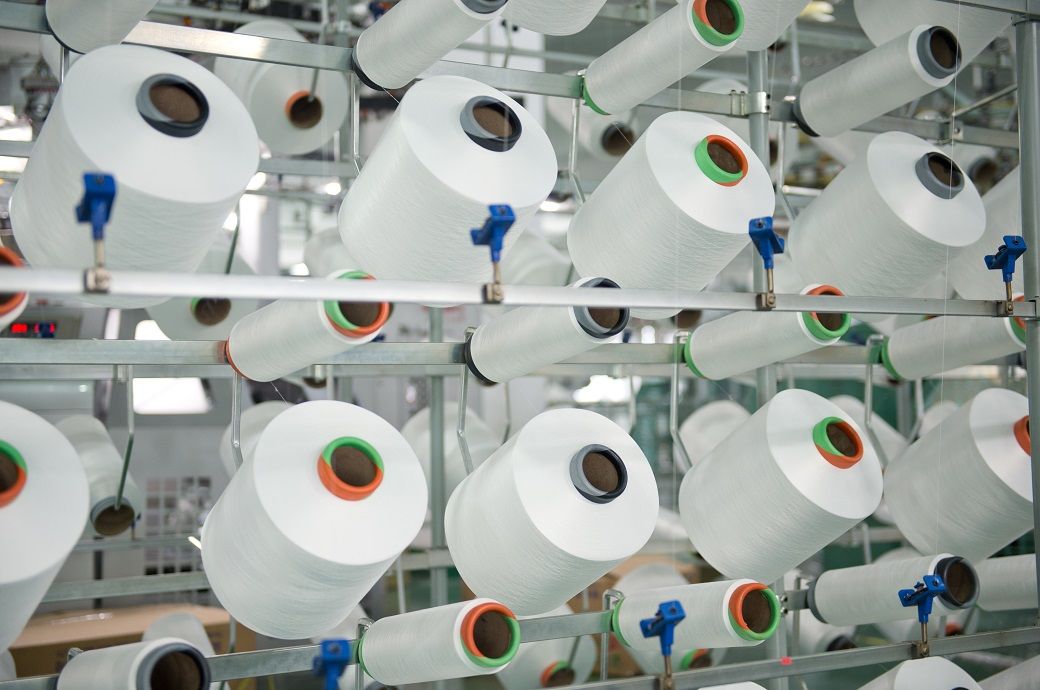
There was a slight uplift in US’ manufacturing output index to 49.7 in September from 48.5 in August. Despite this, the manufacturing sector continues to register an overall decrease in output. The rate of contraction in September was the softest in the current eight-month sequence, primarily driven by a slowdown in the service sector's business activity. Factors such as high interest rates and inflationary pressures have led to weak client demand and, consequently, weighed on overall output.
Amidst a subdued demand environment, firms have sharply reduced their purchasing activities in September. Businesses chose to work through existing inventories instead of expanding their input buying. Although this strategy has led to an improvement in supplier performance, pre-production inventories have also started to decrease, albeit at a slower rate than in previous months, as per S&P Global.
Manufacturers recorded a further drop in new orders, and the rate of contraction was the sharpest since December 2022. Reduced client demand due to market conditions and order cancellations also took a toll on business. This decline in new business comes despite firms recording the slowest drop in new orders in the current five-month sequence.
Business confidence across the broader US private sector has dipped to its lowest level in nine months, towards the end of the third quarter of 2023. Despite firms still expecting an increase in output over the next year, the overall level of optimism was below the series average. Issues like strikes, inflation, high borrowing costs, and muted demand conditions have adversely affected sentiments. Manufacturers appeared more optimistic, encouraged by improvements in supply chains and increased investment in marketing.
ALCHEMPro News Desk (DP)
Receive daily prices and market insights straight to your inbox. Subscribe to AlchemPro Weekly!